Introduction
Traveling on a budget doesn’t have to be stressful or overwhelming. With the right tools and strategies, you can plan a budget-friendly vacation that allows you to make the most of your travel savings. In this article, we will explore how to effectively use various tools and resources to plan a cost-effective trip without compromising on the quality of your travel experience.
Factors to Consider for Budget Trip Planning
When it comes to planning a budget-friendly vacation, there are several factors to consider. From transportation and accommodation to food and activities, every aspect of your trip plays a crucial role in determining your overall expenses. By utilizing effective tools and resources, you can make informed decisions and streamline the planning process, ultimately saving time and money.
Creating a Detailed Travel Budget Spreadsheet
One of the first steps in planning a budget-friendly trip is creating a detailed travel budget spreadsheet. This will allow you to track your expenses, estimate costs, and allocate funds for different aspects of your trip. Utilizing tools like KAYAK Trips, Rome2Rio, and Google Trips can provide real-time updates, detailed transportation information, and efficient route planning, helping you stay organized and on top of your budget.
Refining Your Budget with Expense Categories
Once you have a general idea of your travel expenses, it’s important to refine your budget with specific expense categories. This can include accommodation, transportation, food, activities, and miscellaneous expenses. By breaking down your budget into categories, you can better manage your spending and identify potential areas for cost-saving opportunities.
Budgeting by Item or Category
Whether you prefer to budget by item or category, it’s essential to have a clear understanding of your spending habits and financial goals. Utilizing tools like KAYAK Trips can help you compare prices for flights, hotels, and car rentals, while Rome2Rio can provide detailed transportation information for various modes of travel. With these tools at your disposal, you can make informed decisions about where to allocate your funds for maximum savings.
Adjusting Your Budget as Needed
Lastly, it’s important to remain flexible with your budget and make adjustments as needed. Unexpected expenses or changes in plans may arise during your trip, so having the flexibility to adapt is crucial. By using effective tools and strategies, you can confidently adjust your budget without sacrificing the quality of your travel experience.
In the following sections of this article, we will delve deeper into each of these topics to provide you with valuable insights on how to plan a budget-friendly vacation using various tools and resources. Stay tuned for more valuable tips on making the most of your travel savings!
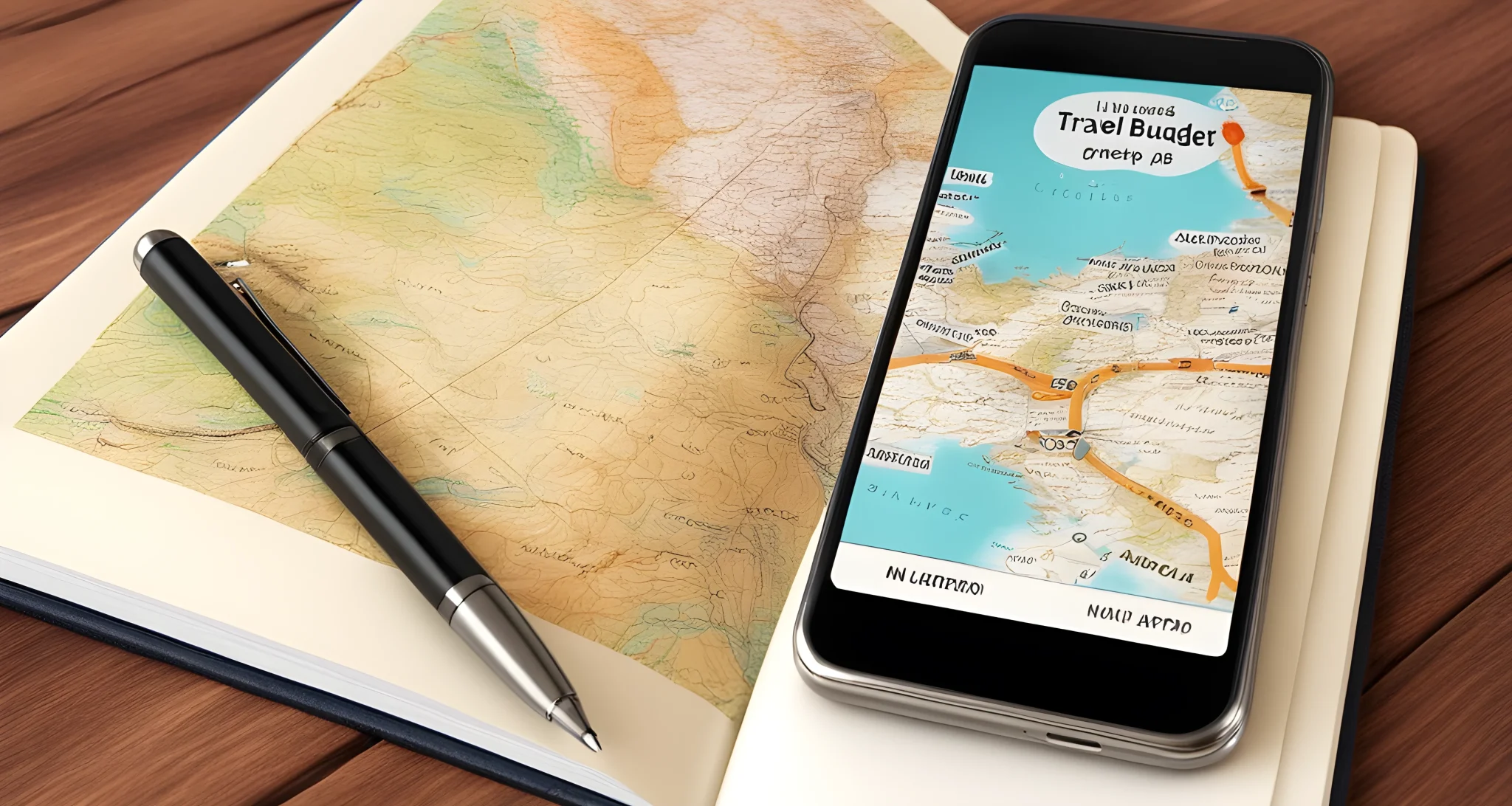
Factors to Consider for Budget Trip Planning
When planning a budget-friendly trip, there are several important factors to consider in order to keep costs low and maximize savings. Here are some key considerations for budget trip planning:
Transportation Options
- Finding affordable transportation is crucial for keeping travel costs down. FlixBus is a reliable option for affordable tickets and reliable service, especially in Europe. Kiwi.com is also a useful resource for comparing flight prices and finding the best deals, but travelers should be wary of potential hidden costs like baggage fees.
Budget-Friendly Accommodations
- Finding budget-friendly accommodations is also crucial for cheap vacation planning. Look for hostels, budget hotels, or vacation rentals to save money on lodging. Websites like Airbnb and Hostelworld can help find affordable options that fit within your budget.
Destination Selection
- Choosing a destination that offers affordable activities, dining options, and accommodations is key to keeping costs low. Consider exploring cheap getaway destinations around the world that offer exciting experiences without breaking the bank.
Travel Season
- Traveling during off-peak seasons can result in significant savings on flights, accommodations, and attractions. Research the best times to visit your chosen destination to take advantage of lower prices.
Currency Exchange Rates
- Keep an eye on currency exchange rates when planning an international trip. Choosing destinations with favorable exchange rates can help stretch your budget further.
Travel Insurance
- While it may seem like an additional expense, investing in travel insurance can provide peace of mind and financial protection in case of unexpected events or emergencies during your trip.
By carefully considering these factors and utilizing the mentioned resources like FlixBus and Kiwi.com, travelers can effectively plan a budget-friendly trip without sacrificing quality or experience.
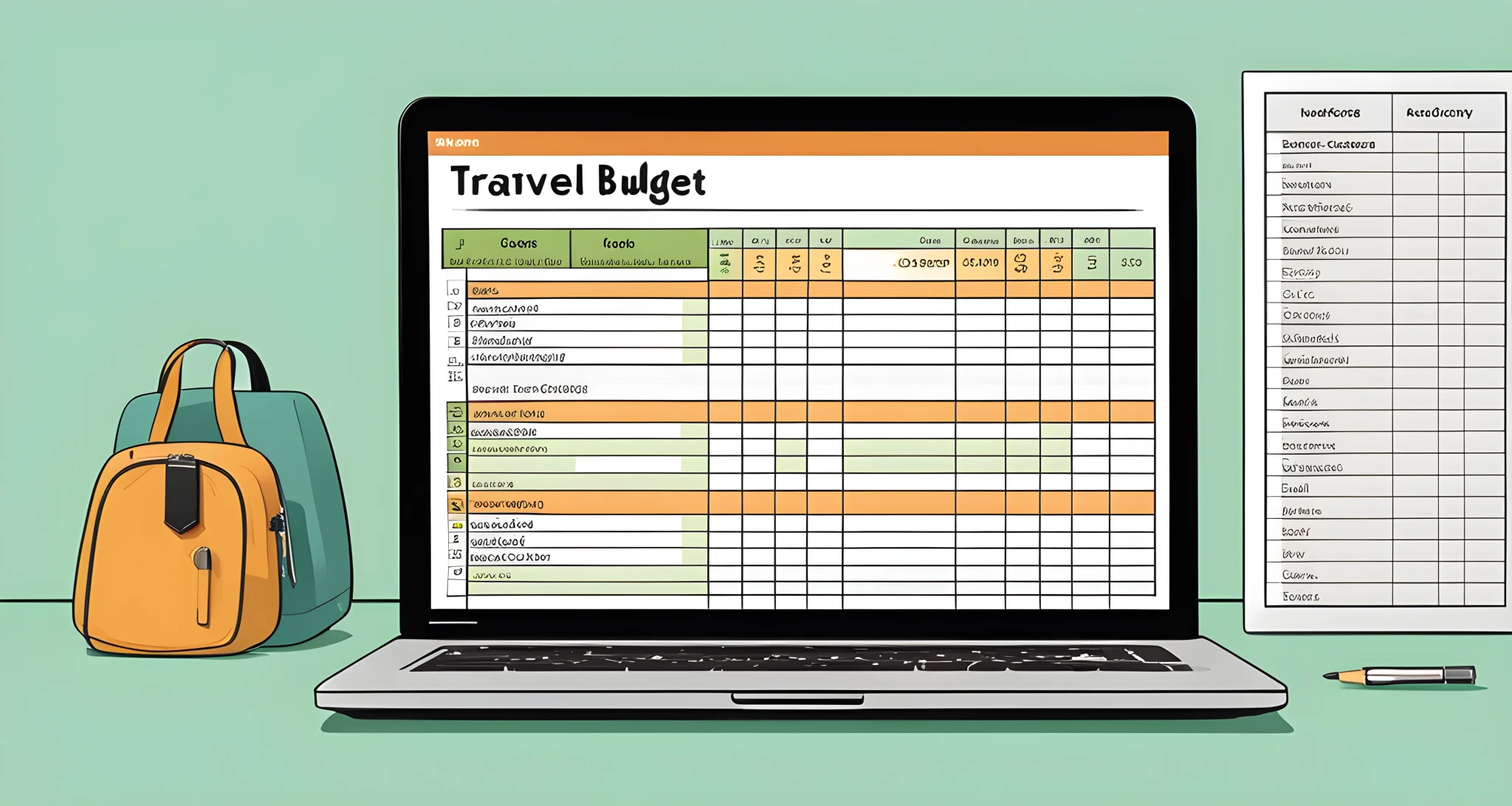
Creating a Detailed Travel Budget Spreadsheet
When it comes to planning a budget-friendly trip, creating a detailed travel budget spreadsheet is essential for keeping track of expenses and optimizing spending. By organizing all trip-related costs in one place, travelers can have a clear overview of their financial situation and make informed decisions throughout their journey.
Tracking Reservations and Expenses
- Utilizing tools like TripIt and TripCoin can help travelers keep their trip organized and within budget.
- These apps allow users to track reservations, log expenses, and manage travel itineraries all in one place.
- This can be especially useful for solo travelers looking to Inexpensive Solo Trip Locations as they can keep a close eye on their expenses.
Collaborative Trip Planning
- For collaborative trip planning, apps like Una Travel and Elude offer personalized itineraries and group trip management features.
- These tools make it easier for travelers to coordinate with their companions and ensure that everyone stays within the agreed-upon budget.
Importance of Expense Categories
- When creating a detailed travel budget spreadsheet, it’s important to categorize expenses to understand where money is being spent.
- Common expense categories include transportation, accommodation, food, activities, and miscellaneous costs.
- By breaking down expenses into these categories, travelers can identify areas where they may be overspending or where they can cut costs.
Real-Time Budget Adjustments
- One of the benefits of using a detailed travel budget spreadsheet is the ability to make real-time adjustments.
- As expenses are logged, travelers can track their spending against their budgeted amounts and make adjustments as needed.
- This proactive approach allows for better control over finances and prevents overspending during the trip.
In conclusion, creating a detailed travel budget spreadsheet is a crucial step in effective budget-friendly travel planning. By utilizing tools like TripIt, TripCoin, Una Travel, and Elude, travelers can organize their trip, track expenses, collaborate with companions, and make real-time adjustments to optimize their spending. With a well-organized budget spreadsheet in place, travelers can ensure that they stay within budget while still enjoying a memorable travel experience.
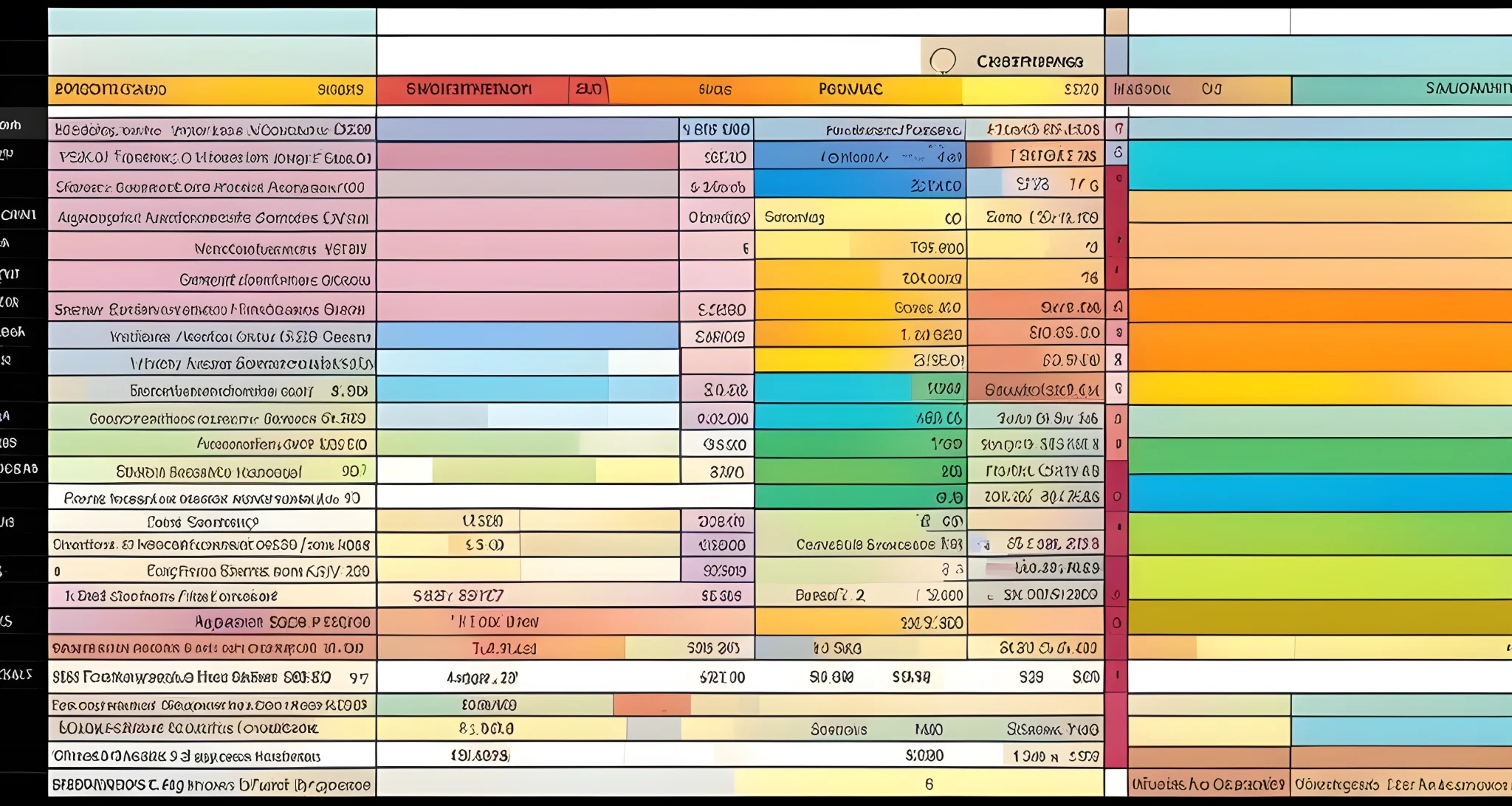
Refining Your Budget with Expense Categories
After creating a detailed travel budget spreadsheet, it’s essential to refine your budget with expense categories to ensure that you have a clear understanding of where your money is going. By breaking down your expenses into specific categories, you can better track and manage your spending throughout your trip.
AI Tools for Budget-Friendly Activity Planning
AI tools can also be a valuable resource for budget-friendly activity planning. Expedia’s AI assistant, Bing Chat, and Trip Planner AI can provide travelers with suggestions for affordable restaurants and attractions. Wanderbot, an AI-powered tool, allows users to book activities directly and customize their itineraries, giving travelers more control over their trip expenses.
When refining your budget with expense categories, consider utilizing the AI tools mentioned above to help identify affordable options for dining and entertainment during your travels. This can help you allocate your funds more effectively and make the most of your budget.
Expense Categories to Consider
When refining your budget with expense categories, it’s important to consider the following:
-
Accommodation: This category includes hotel stays, vacation rentals, or hostel accommodations. Use online booking platforms like Expedia to find budget-friendly options.
-
Transportation: Include expenses such as airfare, train tickets, car rentals, and local transportation. Look for deals and discounts on travel websites to save on transportation costs.
-
Food and Dining: Allocate a specific budget for meals and dining out. Use AI tools like Wanderbot to find affordable restaurants and local eateries.
-
Activities and Entertainment: Set aside funds for attractions, tours, and entertainment. Utilize AI tools such as Bing Chat to discover budget-friendly activities at your destination.
-
Miscellaneous Expenses: This category can include souvenirs, travel insurance, and unexpected costs. It’s important to have a buffer for unforeseen expenses during your trip.
Tracking Your Expenses
Once you’ve refined your budget with expense categories, it’s crucial to track your expenses throughout your trip. Use mobile apps or spreadsheets to keep a record of your spending in each category. This will help you stay within budget and make adjustments as needed.
By refining your budget with expense categories and utilizing AI tools for activity planning, you can effectively manage your travel expenses while still enjoying all that your destination has to offer.
Primary Budget Travel Guidelines
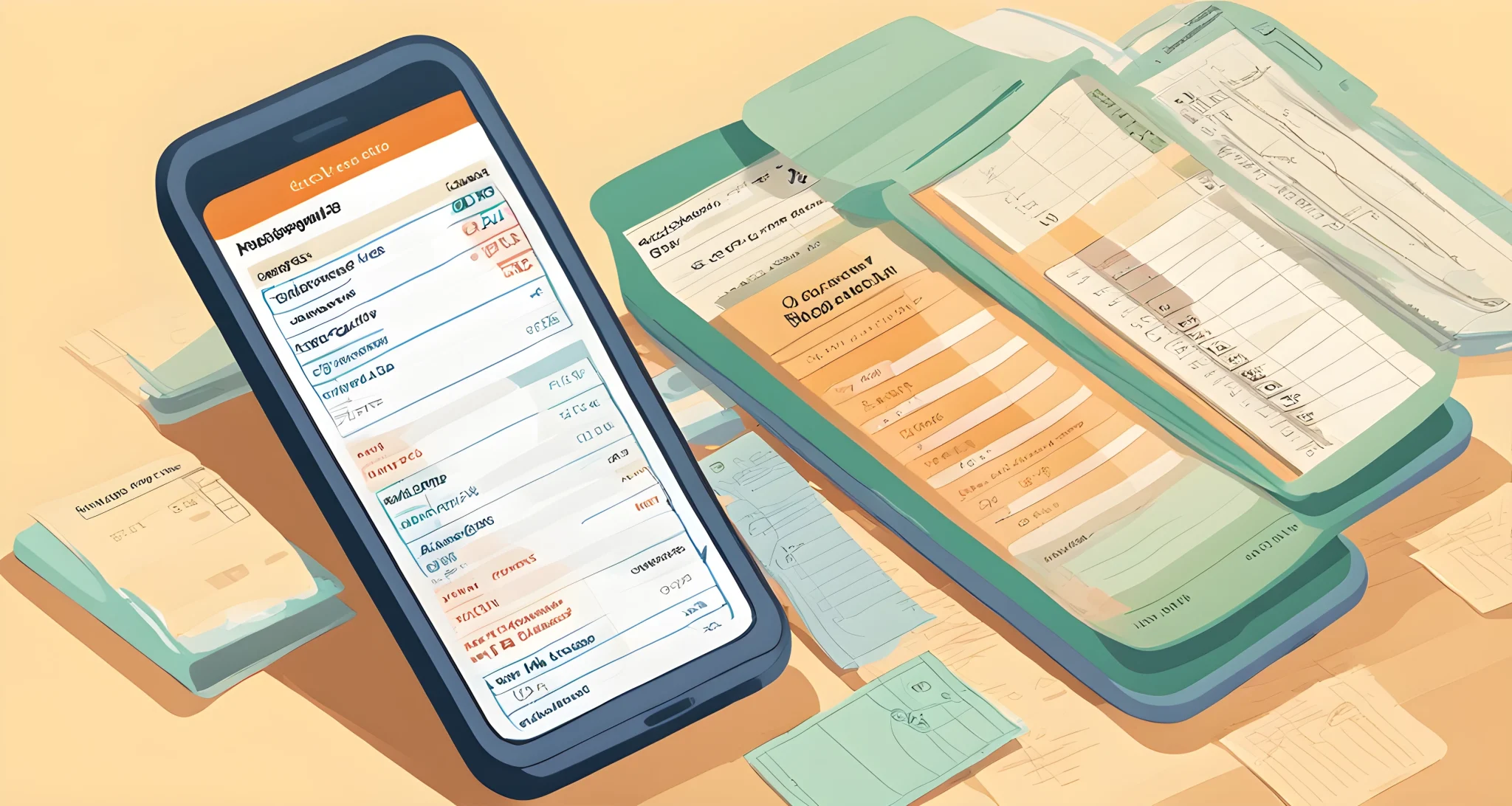
Budgeting by Item or Category
When it comes to budget trip planning, it’s essential to consider every aspect of your expenses. One effective way to manage your budget is by budgeting by item or category. This approach allows you to break down your expenses into specific items or broader categories, providing a detailed overview of where your money is going.
Here are some tips for effective budgeting by item or category:
- Research and Inspiration: Use apps like Stippl to research and explore different destinations and travel activities. This will help you estimate potential costs for attractions, dining, and entertainment.
- Transportation: Consider the costs associated with flights, rental cars, public transportation, and gas if you’re driving. Utilize platforms like Best Flight Deals to find affordable airfare options.
- Accommodations: Factor in the cost of lodging, including hotels, hostels, vacation rentals, or camping fees. Look for budget-friendly options through various booking websites.
- Food and Dining: Allocate a budget for meals, snacks, and drinks while traveling. Research local eateries and consider grocery shopping for cost-effective dining options.
- Activities and Entertainment: Plan for any excursions, tours, museum admissions, or other activities you want to experience during your trip. Look for free or discounted activities to stay within budget.
By breaking down your travel expenses into these categories, you can gain a clearer understanding of where your money will be spent. Additionally, tracking your expenses in a detailed travel budget spreadsheet will help you stay on top of your spending throughout your trip.
Using these strategies and tools like Stippl can help ensure that you make the most of your travel budget while still experiencing all the highlights of your destination. Remember that flexibility is key when budgeting for travel – be prepared to adjust your budget as needed based on unforeseen circumstances or new opportunities that may arise during your trip.
With careful planning and diligent budgeting by item or category, you can enjoy a memorable vacation experience without breaking the bank.
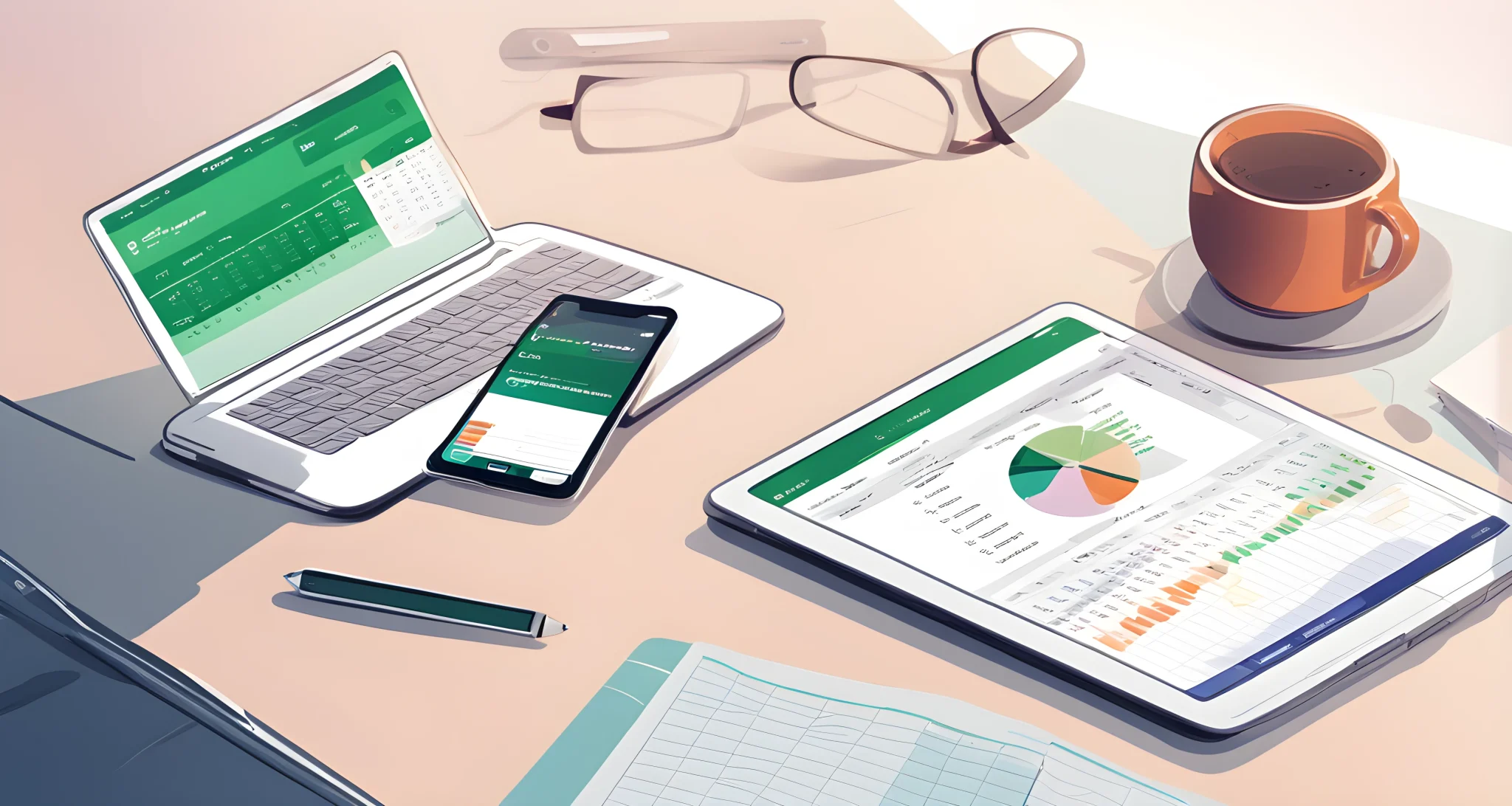
Adjusting Your Budget as Needed
Once you have created a detailed travel budget spreadsheet, it’s essential to remain flexible and make adjustments as needed. Travel plans can change, unexpected expenses can arise, and sometimes you may find ways to save money along the way. Here are some tips for adjusting your budget as needed:
Keep Track of Expenses
- Regularly update your travel budget spreadsheet with actual expenses to see where you stand compared to your initial budget.
- Use mobile apps or online tools to track expenses on the go and ensure you don’t overspend in any category.
Reallocate Funds
- If you find that you are overspending in one category, such as activities or dining, consider reallocating funds from other categories, such as accommodations or transportation.
Look for Deals and Discounts
- Keep an eye out for deals and discounts on activities, accommodations, and transportation options.
- Utilize loyalty programs, discount websites, and Affordable hostel tips to find cheap accommodations and save on lodging costs.
Prioritize Spending
- As you travel, you may discover new activities or attractions that you hadn’t initially budgeted for. Consider prioritizing your spending by cutting back in other areas to afford these new experiences.
Seek Budget-Friendly Alternatives
- If you find that certain aspects of your trip are costing more than anticipated, look for budget-friendly alternatives.
- For example, consider taking public transportation instead of taxis, cooking some of your own meals instead of dining out every day, or opting for free or low-cost activities and attractions.
Be Open to Change
- Sometimes unexpected opportunities arise during travel that may require adjustments to your budget.
- Be open to these changes and consider them as part of the overall experience rather than strict limitations.
By staying vigilant and making adjustments as needed, you can ensure that your travel budget remains manageable throughout your trip. Being proactive about managing your finances while traveling will allow you to enjoy your vacation without the stress of overspending.
FAQ
What are some useful tools for managing trip itineraries?
Kayak trips, tripit, and tripcoin are great tools for managing trip itineraries, tracking reservations, and logging expenses efficiently.
Which apps can help in finding budget-friendly accommodations?
Flixbus, rome2rio, and google trips are reliable options for finding cheap tickets, transportation information, and budget-friendly accommodations, especially in europe.
Are there any ai tools for finding budget-friendly activities and attractions?
Expedia’s ai assistant, bing chat, and wanderbot are helpful ai-powered tools that can provide suggestions for budget-friendly restaurants, attractions, and activities, as well as allow direct booking and itinerary customization.
What comprehensive platform can be used for the entire travel planning process?
Stippl is a comprehensive platform that offers everything from research and inspiration to transportation and accommodations, making it a great tool for streamlining the entire travel planning process.
